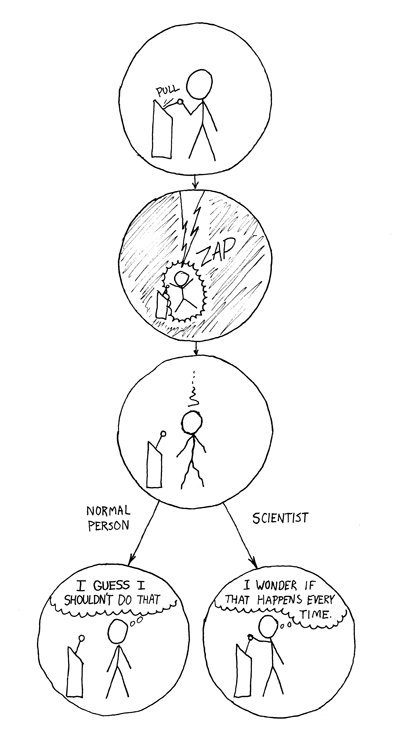Just to throw something a little different into the discussion, we have a whipping “hook” punch that impacts with the top of the fist, whipped on a horizontal (ish) plane. So when you make a fist, it is the platform made by the circle of the thumb and first finger.
The arm is straight, and the elbow begins to bend into the whip just before impact is made. Power comes from rotating the body, driven from the feet. If you just swing the arm into it without the body engagement, it is useless.
I would not recommend using it against a solid target such as the torso. Instread, a less stable target like the jaw, mounted on a wobbly neck is best. I was told by a fellow white crane guy that when he was a teenager and was trying out his stuff, he got in a fight in a park (he probably provoked it), and he hit a guy with it and it moved the fellow’s jaw to the side of his face. Freaked him out. Disturbing.
I’ve practiced it on a double-end ball and it does send it whipping around quite satisfactorily. I’ve practiced it on a heavy bag, being careful to protect my elbow in the impact, and it can rattle the bag quite nicely. I’ve also practiced it on a Thai focus mitt, and the guy holding the mit said he can feel the energy punch through the mitt and it hurt his hand.
So there is another option.

